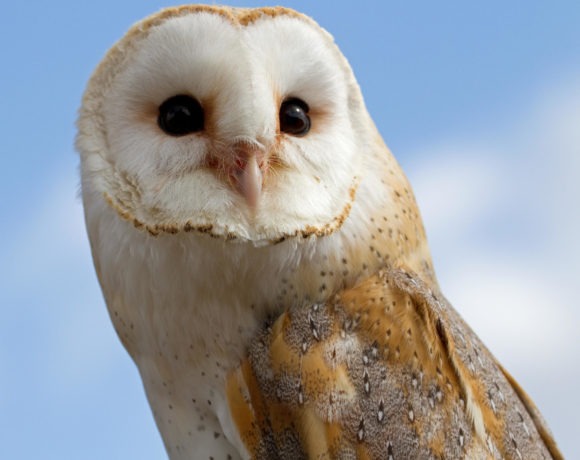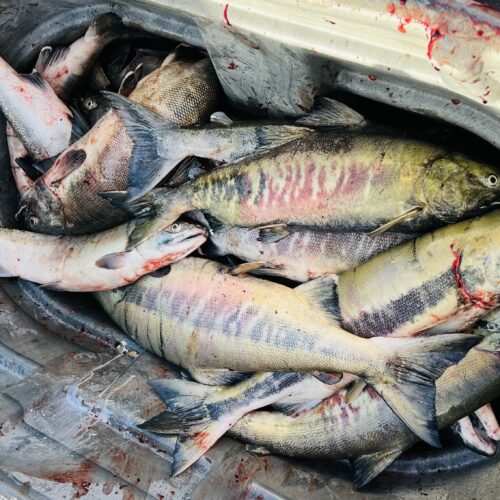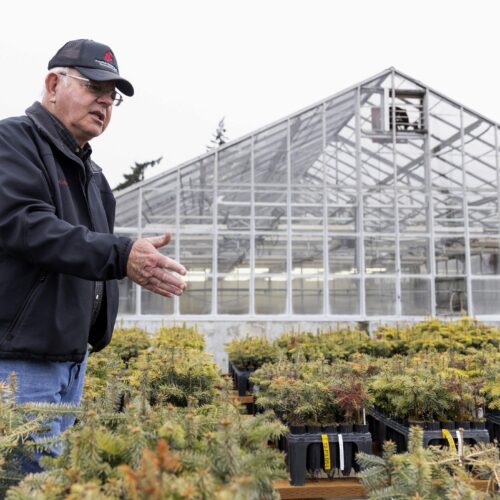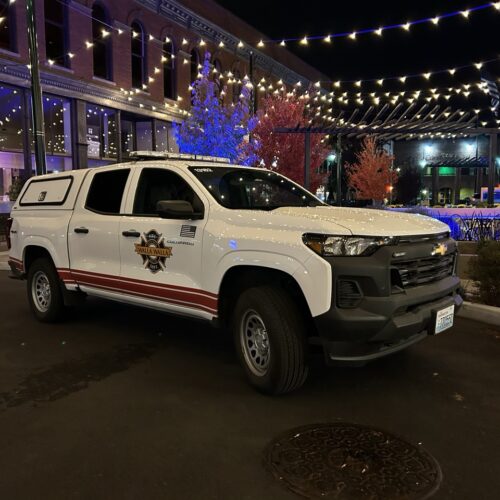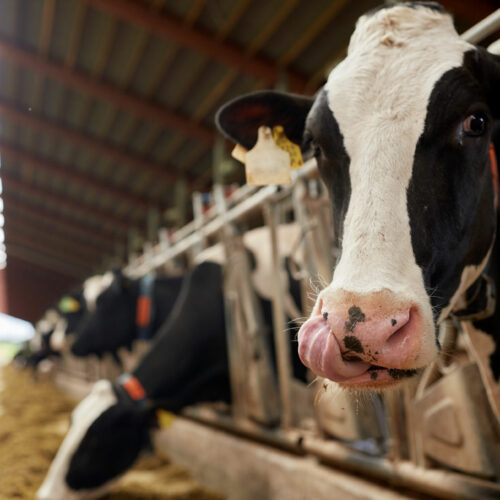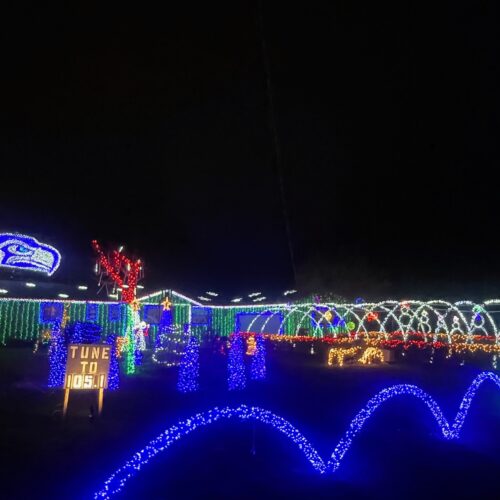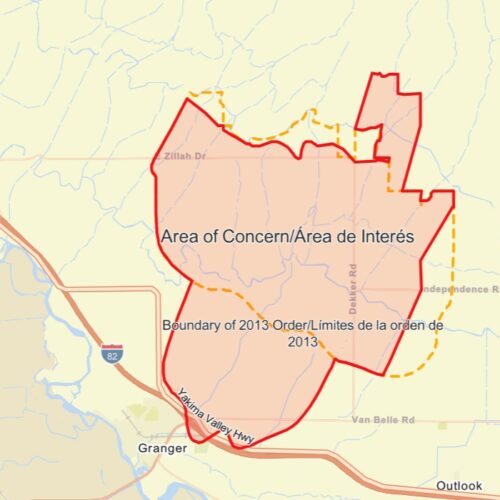
Owls: A Natural Predator For Vineyard Pests
Listen
Rodents love vineyards, and that’s a problem. Mice, voles and gophers can damage crops. But owls love rodents, and these predators can be a natural pest solution.
Debra Olson is known around Chelan as the Bird Lady. And she lives up to the name. She’s dressed in an owl T-shirt, and she’s got a live barn owl — named Gus — perched on her arm.
“It’s hard to tell them apart when they’re babies and all fuzzy. And I thought she was a he,” Olson laughed.
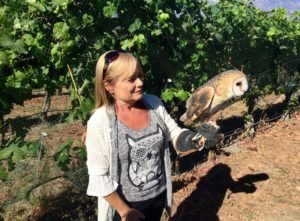
Debra Olson, known around Chelan as the Bird Lady, shows off her resident barn owl, Gus. Olson has installed an owl box at Lake Chelan Winery. She hopes to bring in more barn owls to help fight the rodents that plague area vineyards.
Photo credit: Courtney Flatt
Gus has grown into a striking owl. She’s a little over one pound, with a 3.5-foot wingspan. Her brown eyes are constantly alert. The feathers on her chest are covered in small heart patterns.
Olson has a plan to bring barn owls back to the area. But she needs the help and cooperation of local vineyard and orchard owners. She’s hoping to create a symbiotic relationship between winery owners and owls.
“What are pests to us are dinner to them,” Olson said.
Walking around Lake Chelan Winery, Steve Kludt pointed out one of the pests that can damage his vineyard.
“This is a gopher mound right here,” Kludt said. “They’re not going to damage this plant here because it’s big enough, but when you plant a new one, it’ll come in. You can pull [the plant] right out of the ground. There’s no roots at all.”
Mice and voles also chew on grapevine stems.
Kludt said he wants to stop using pesticides to protect his plants. So he’s agreed to let Olson install an owl nesting box near an organic apple orchard. It’s the first one in the area she’s installed at a vineyard.
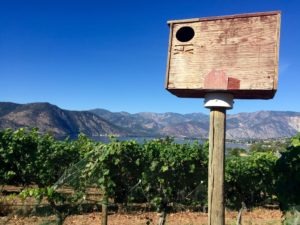
Lake Chelan Winery has put it in its first owl box. The hope is that owls will be able to eat the mice, voles, and gophers that can damage crops — and are traditionally dealt with by spraying pesticides.
Photo credit: Courtney Flatt
“There it is,” Olson said as she walked up to the owl box. “Oh, that’s perfect. Habitat loss is the number one problem with barn owls. They are cavity nesters.”
Barn owls are a widespread resident of Washington State, but they’re not commonly seen in Chelan. It’s because there’s a lack of holes for these cavity nesters, whether it’s a hole in a barn, a tree, or a crevice in a rock.
Owl boxes can provide that crucial cavity. One important aspect of the boxes: the hole has to be the exact right size.
“You don’t want them too big for raccoons to get in. You don’t want them too small, and obviously [the owls] can’t get in,” Olson said.
But to help Kludt get rid of the rodents and make the change from chemical to animal control, the owl boxes have to attract owls. Right now Olson thinks there may only be a couple of breeding pairs.
So she is hoping to turn this nest box at Lake Chelan Winery into what’s known as a “hack site,” a place where Olson can take orphaned barn owls and help them survive by feeding them dead mice until they can make it on their own in the wild.
“Pretty soon, about 60 days, they’re flying, and they’re just sort of on the top of the box,” Olson said.
If Olson can grow a community of barn owls at Kludt’s winery, neighboring landowners would benefit because birds don’t understand property lines.
But area vineyards, orchardists and farmers will need to support the project.
“It’s just a one-time investment,” Olson said. “A box, that’s it. And then you’re done. You don’t have to pay them. There’s no sick leave. They work every day, rain or shine, even on Christmas.”
Lake Chelan Winery owner Steve Kludt is on board. He’s got plenty of rodents for barn owls to eat. And he says he’d like to install another owl nesting box at his personal cherry orchard.
This story is produced by NWPB in collaboration with BirdNote. It’s part of a series made possible by a grant from the Icicle Fund.
Copyright 2016 Northwest Public Broadcasting
Related Stories:

Hazardous chemicals leak into groundwater below Pasco Sanitary Landfill
The thermal treatment system for soil contamination in Zone A of the Pasco Sanitary Landfill. (Credit: Washington Department of Ecology) Listen (Runtime 1:07) Read A closed landfill just outside Pasco,
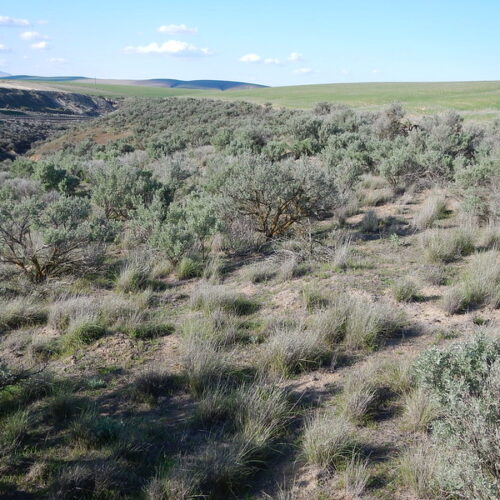
Inslee approves controversial wind farm near Tri-Cities
Horse Heaven Hills, in southeastern Washington, with Webber Canyon in the distance. Washington Gov. Jay Inslee approved a large-scale renewable energy project along 24 miles of ridgelines in the area.
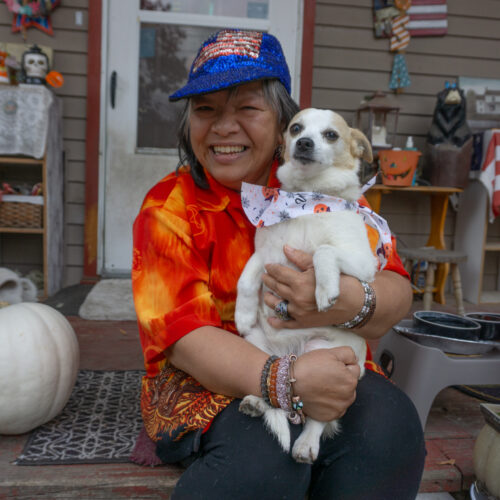
What is Initiative 2117?
Phuong Brown, a retiree in Walla Walla, received a free heat pump through the Climate Commitment Act. Initiative 2117 aims to repeal the act. (Credit: Susan Shain / NWPB) Listen

